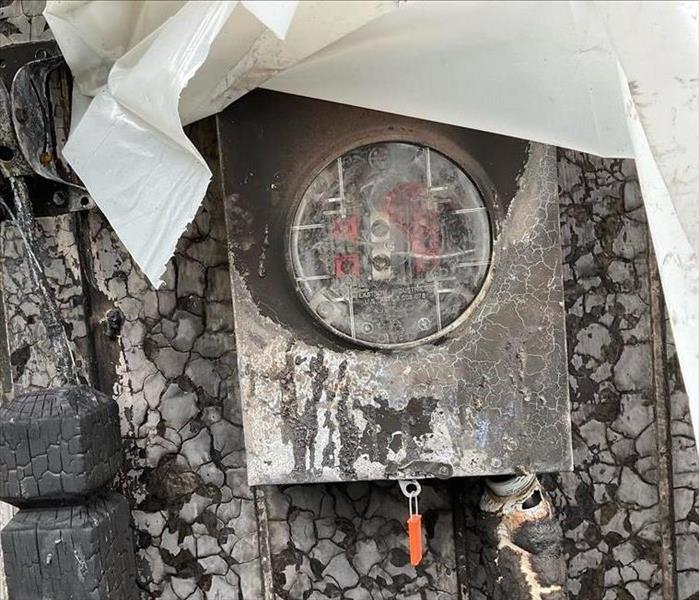Mold Prevention Tips for Protecting Your Property Post-Fire
4/17/2024 (Permalink)
 If you need assistance with fire and mold remediation don't hesitate to reach out to the experts at SERVPRO of Downtown Kansas City.
If you need assistance with fire and mold remediation don't hesitate to reach out to the experts at SERVPRO of Downtown Kansas City.
Experiencing a fire in your home or business is a traumatic event, but the challenges don't end once the flames are extinguished. In addition to the immediate damage caused by the fire, there is also the risk of mold growth in the aftermath. Mold thrives in damp, humid environments, making properties that have suffered water damage from firefighting efforts particularly susceptible. To help you limit mold growth after a fire, we've compiled some essential tips to protect your property and promote a safe, healthy environment for you and your family or employees.
Prompt Water Damage Mitigation
The first step in preventing mold growth after a fire is to address any water damage quickly. Water from firefighting efforts can seep into building materials and create the ideal conditions for mold growth. Work with a professional restoration company like SERVPRO® to thoroughly dry out your property and mitigate water damage to limit mold from taking hold.
Thorough Cleaning and Disinfection
After a fire, it's essential to thoroughly clean and disinfect your property to remove soot, ash, and other fire-related residues. These residues can provide nutrients for mold growth and must be removed to help prevent mold from proliferating. Professional cleaning services can ensure that your property is thoroughly cleaned and sanitized to minimize the risk of mold growth.
Proper Ventilation
Adequate ventilation is crucial for preventing mold growth in the aftermath of a fire. Proper airflow helps to dry out damp areas and reduce humidity levels, making it less conducive for mold to thrive. Open windows and doors when possible, and use fans or dehumidifiers to promote air circulation and moisture removal.
Inspect and Repair Leaks
Even small leaks can create opportunities for mold growth, so it's essential to inspect your property for any signs of water intrusion. Check for leaking pipes, roof leaks, or damaged seals around windows and doors. Promptly repair any leaks or water damage to help prevent mold from taking hold.
Monitor Moisture Levels
Regularly monitor moisture levels in your property, especially in areas prone to dampness such as basements, crawl spaces, and bathrooms. Invest in a moisture meter to measure humidity levels and address any areas of concern promptly. Keeping moisture levels in check is key to preventing mold growth in the aftermath of a fire.
In conclusion, preventing mold growth after a fire requires proactive measures to address water damage, clean and disinfect your property, promote proper ventilation, inspect and repair leaks, and monitor moisture levels. By taking these steps, you can help protect your property from the devastating effects of mold and promote a safe, healthy environment for yourself and your loved ones or employees. If you need assistance with mold prevention or remediation after a fire, don't hesitate to reach out to the experts at SERVPRO of Downtown Kansas City for professional assistance.



 24/7 Emergency Service
24/7 Emergency Service